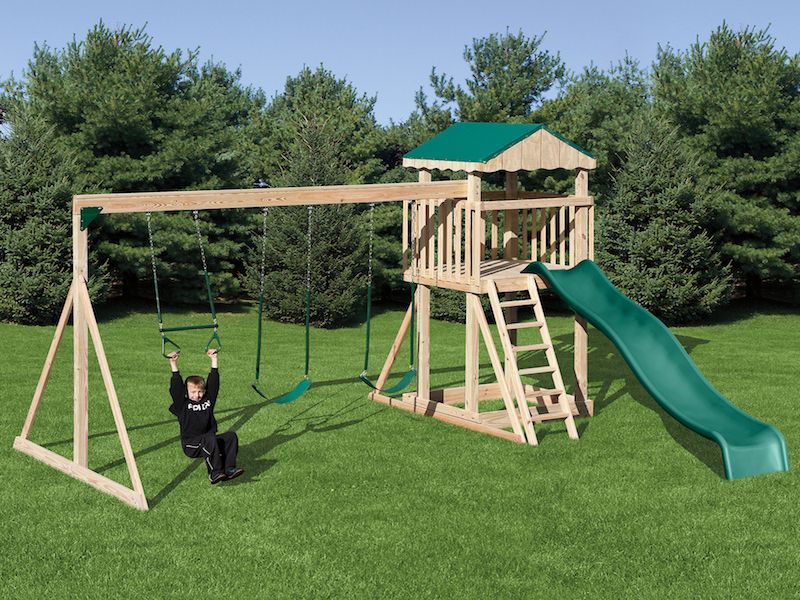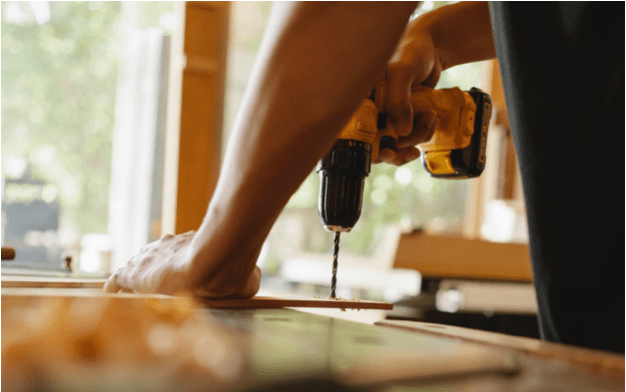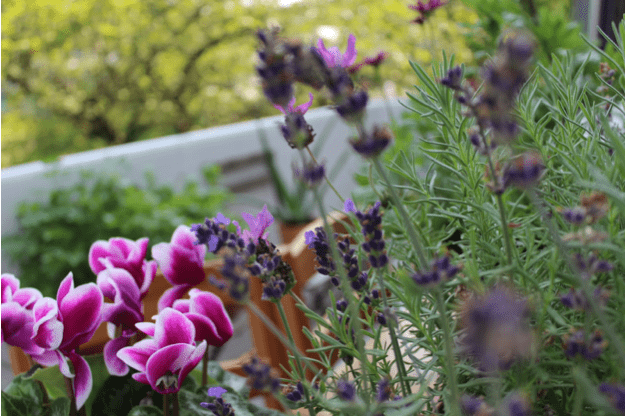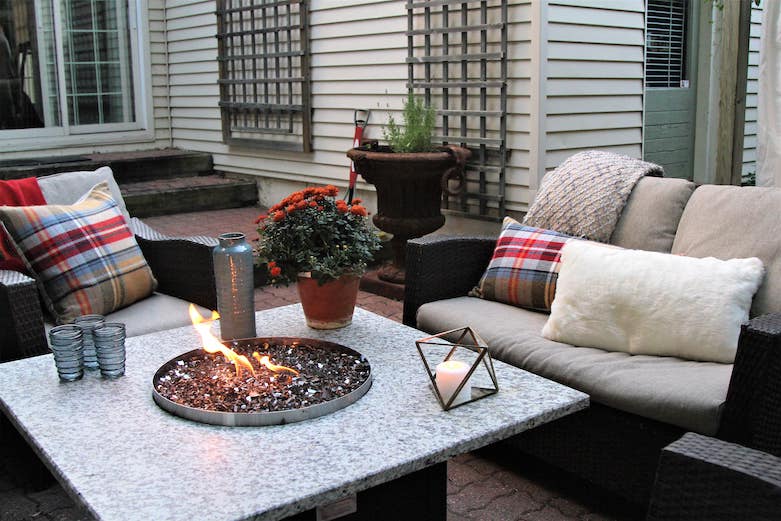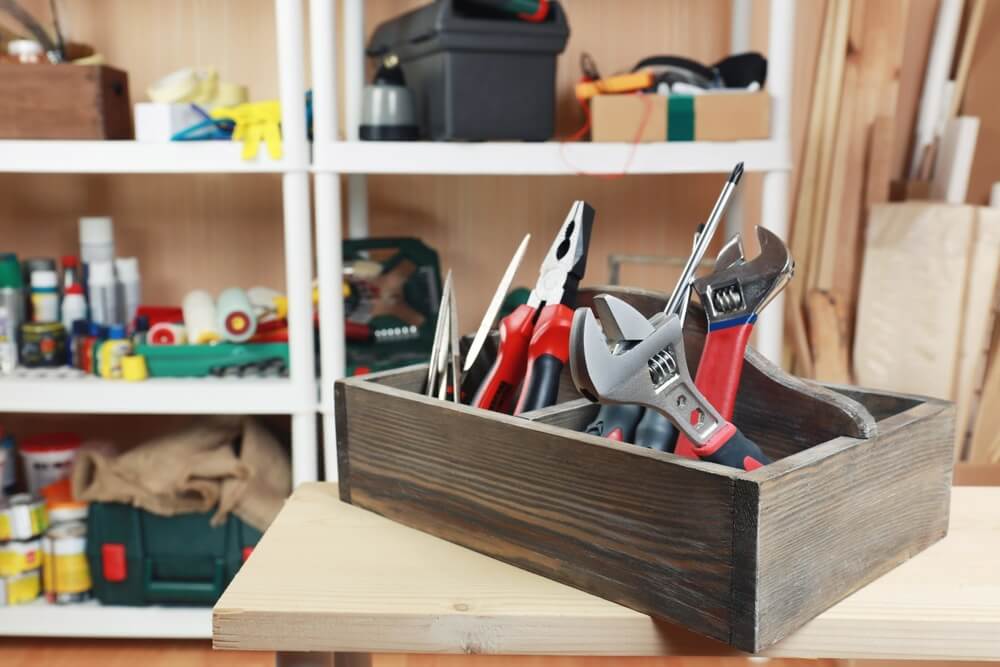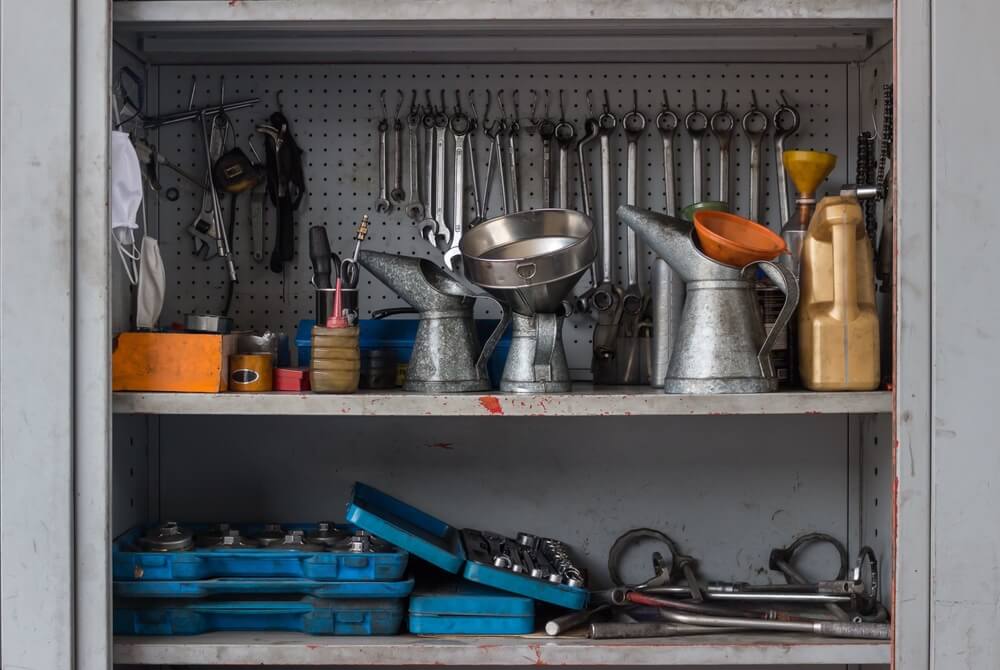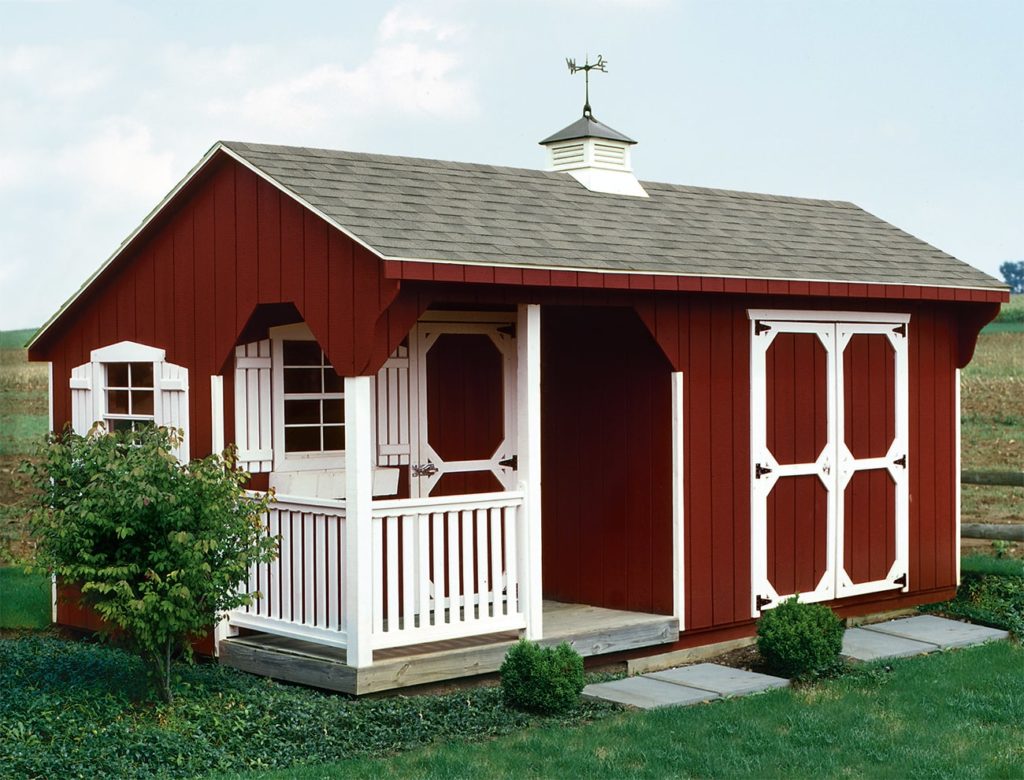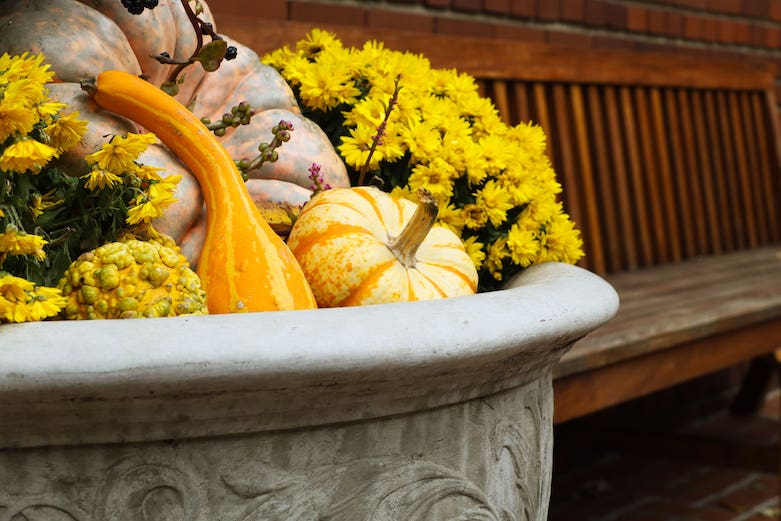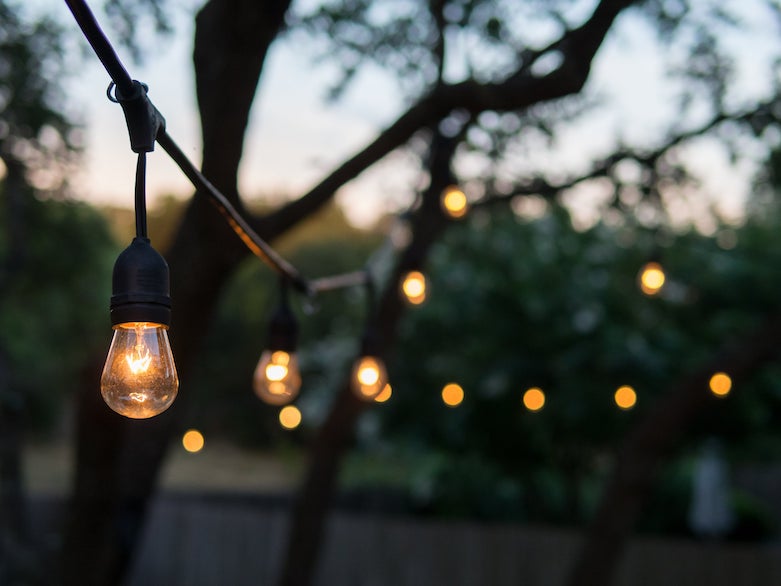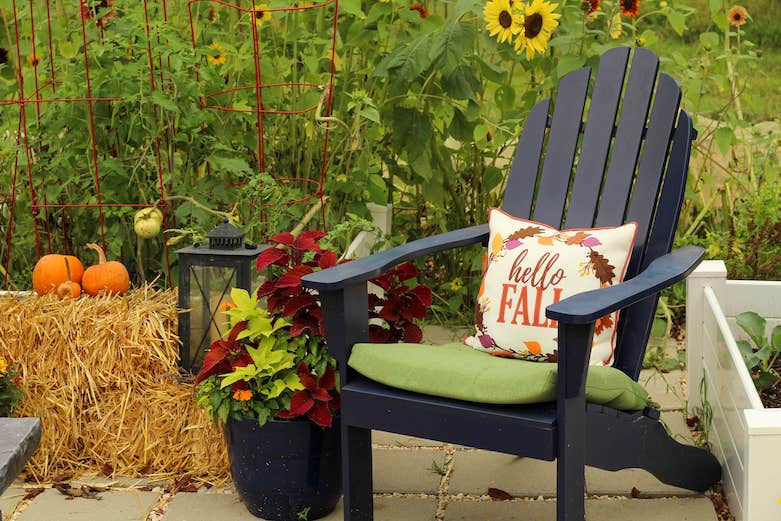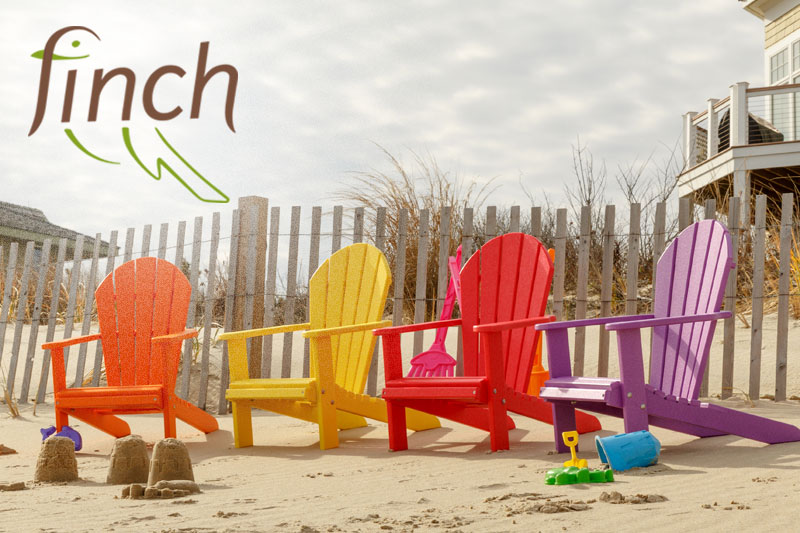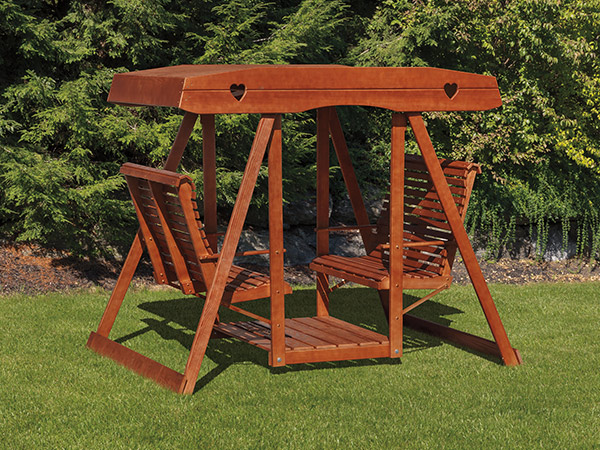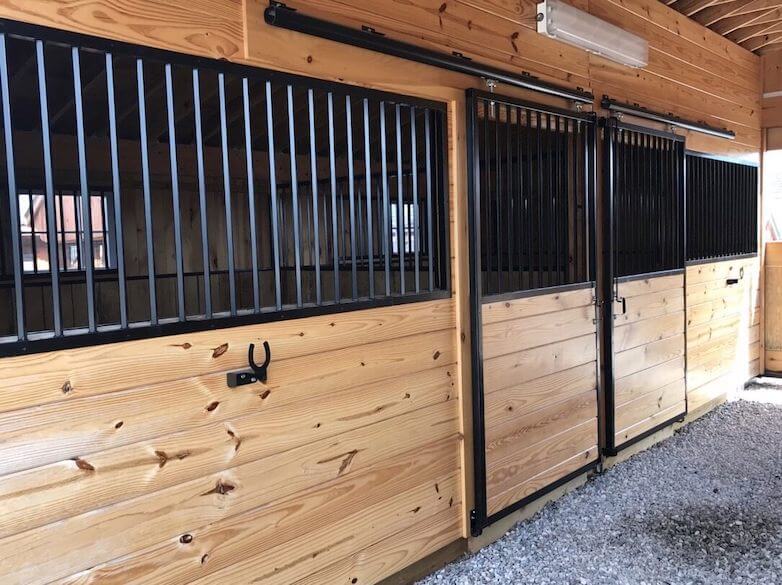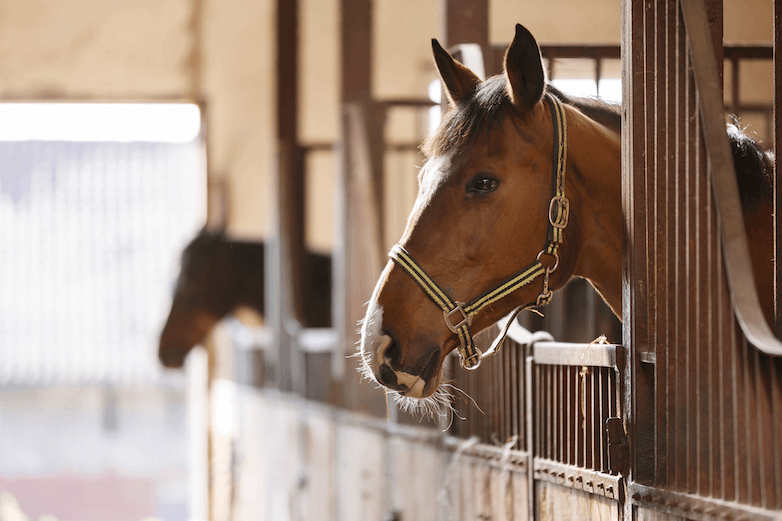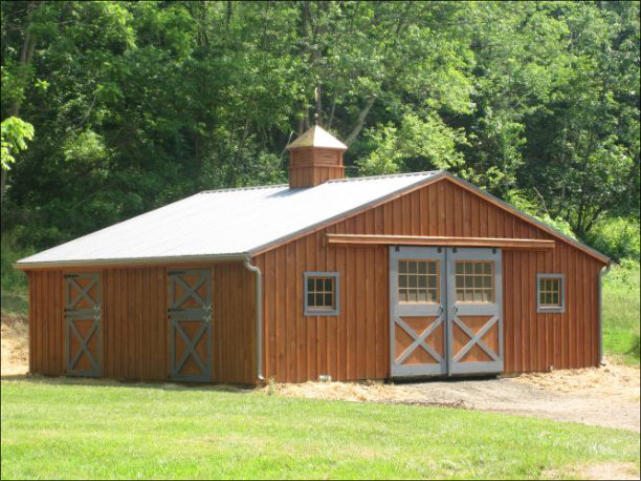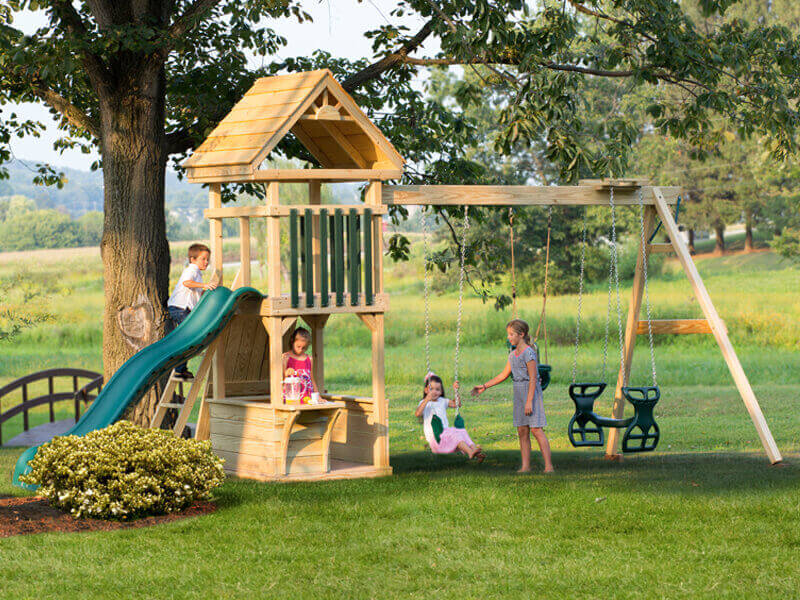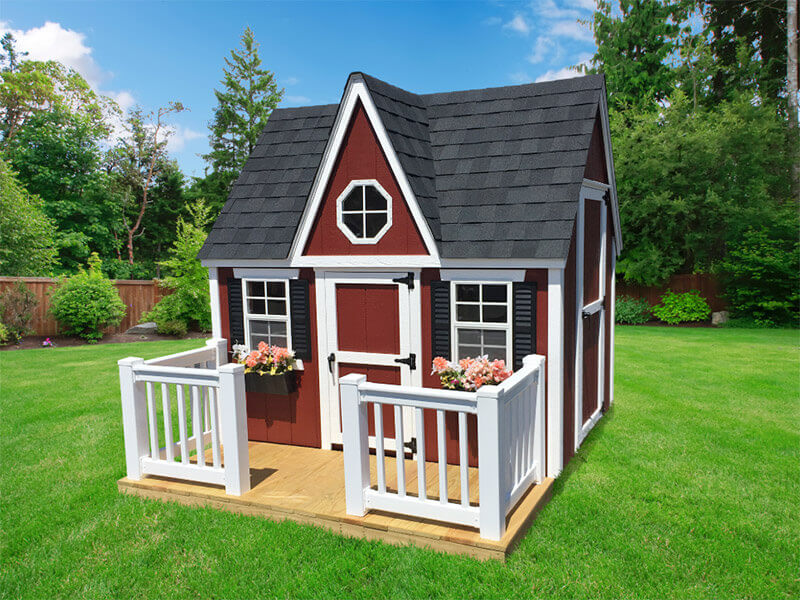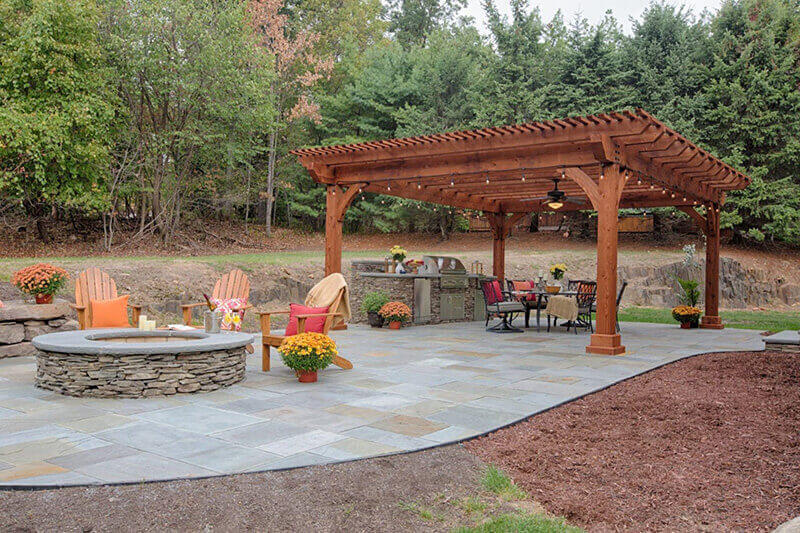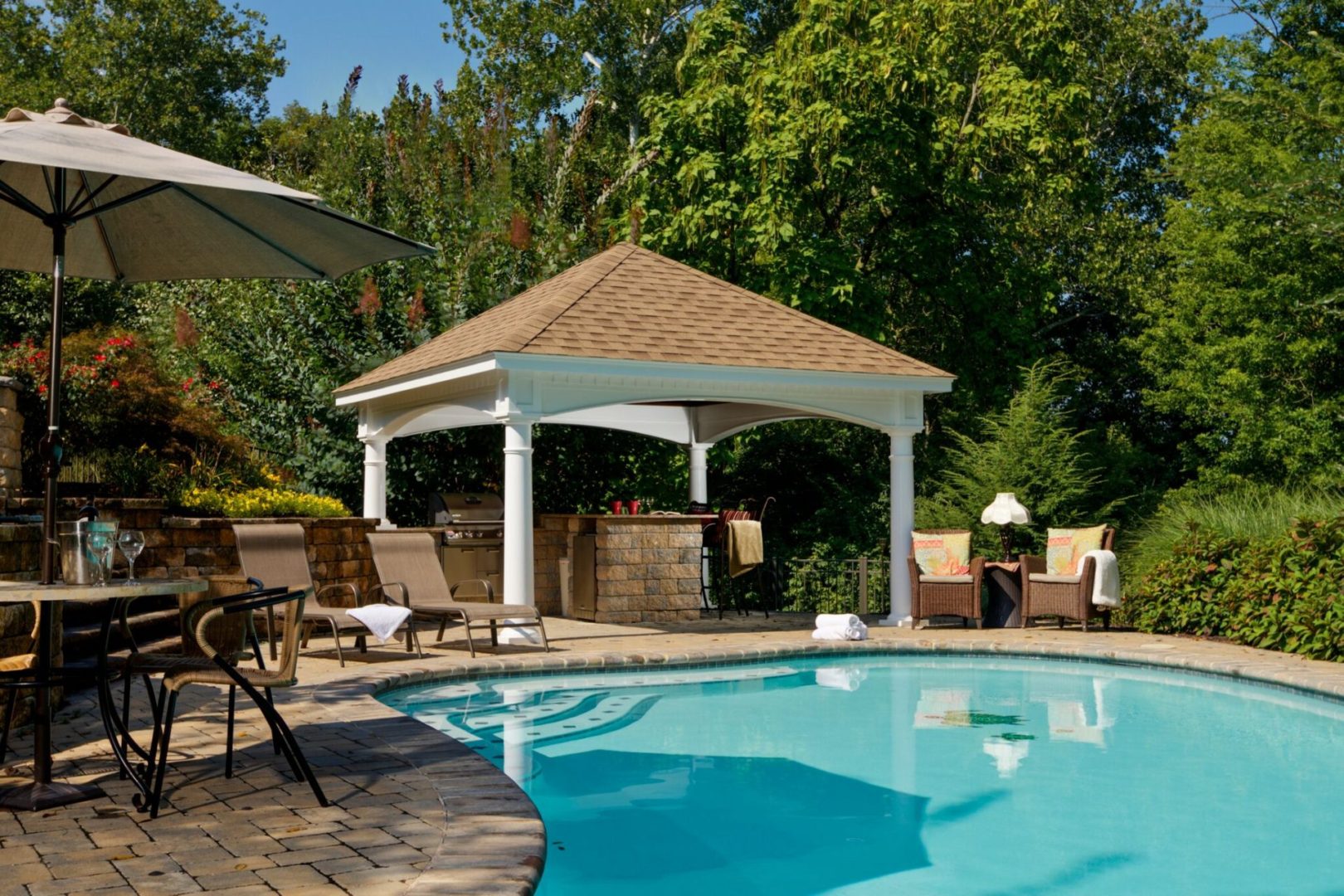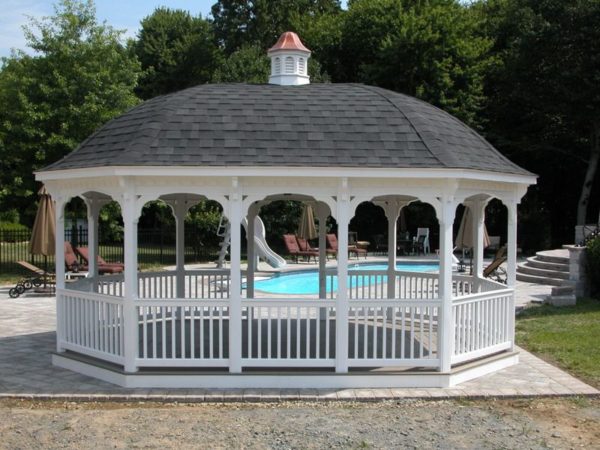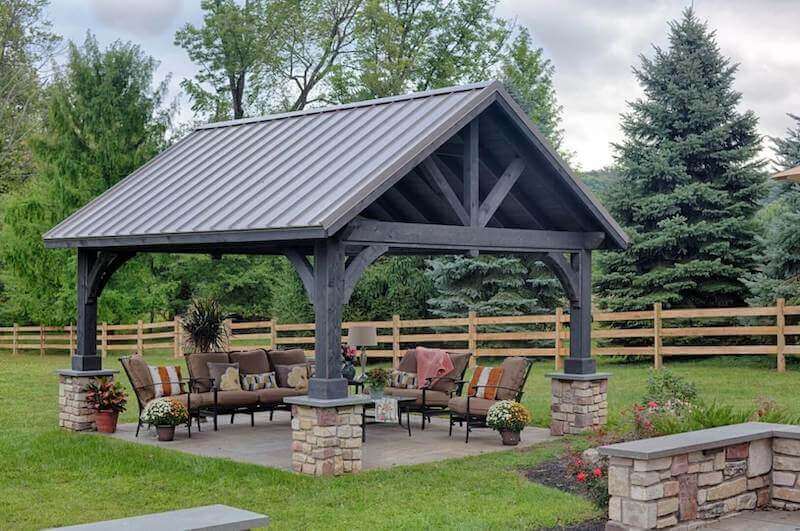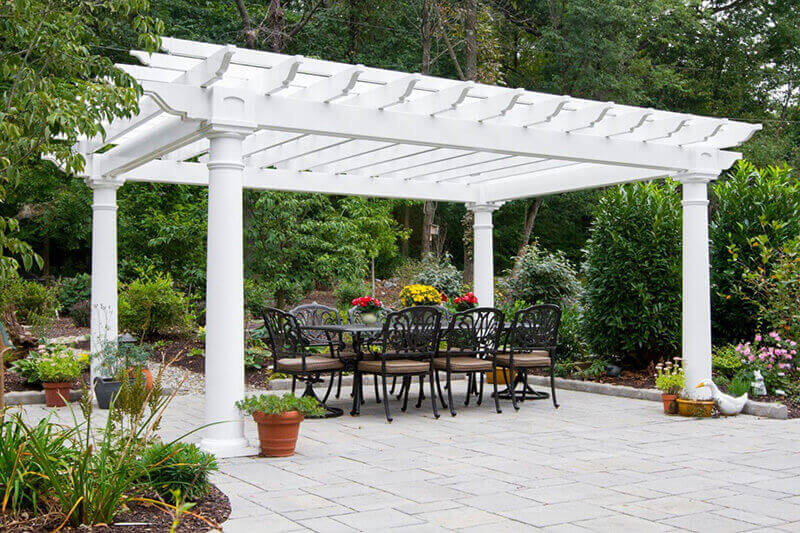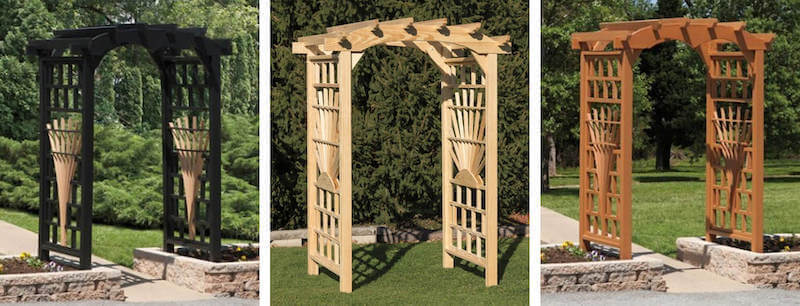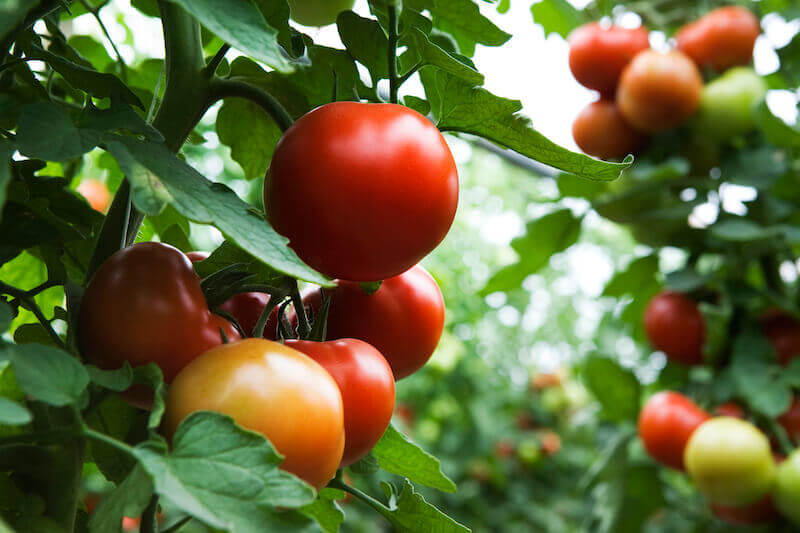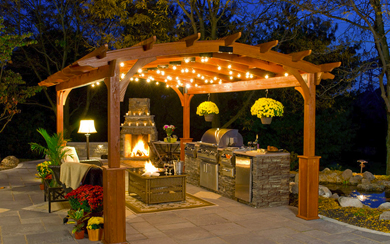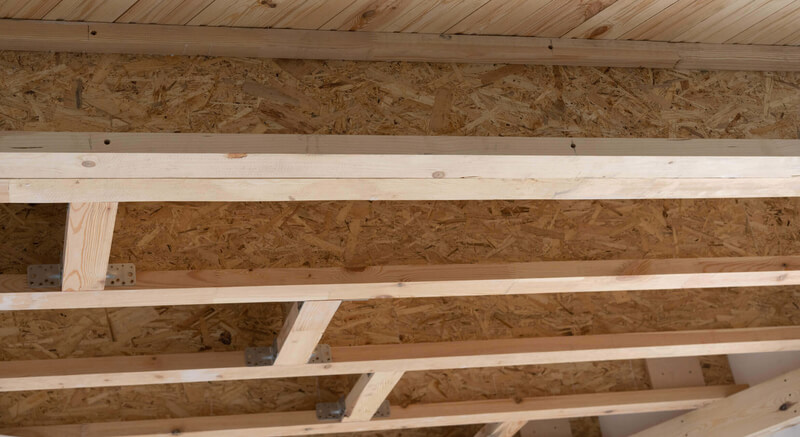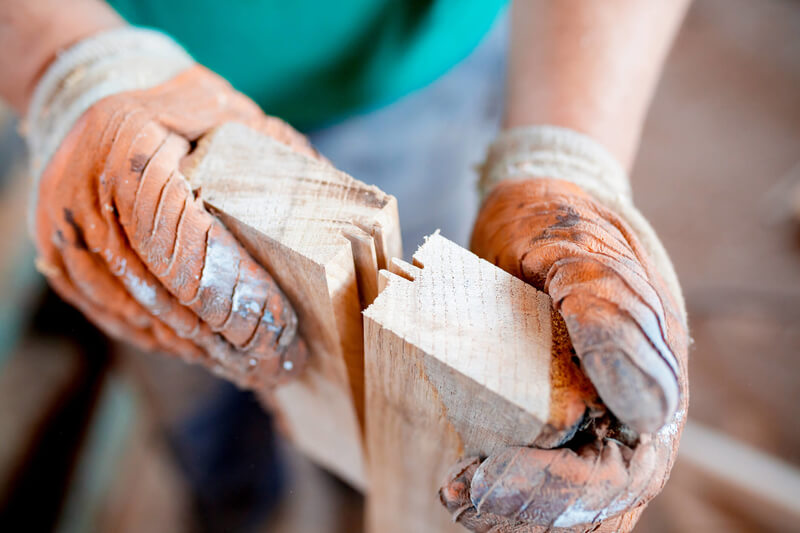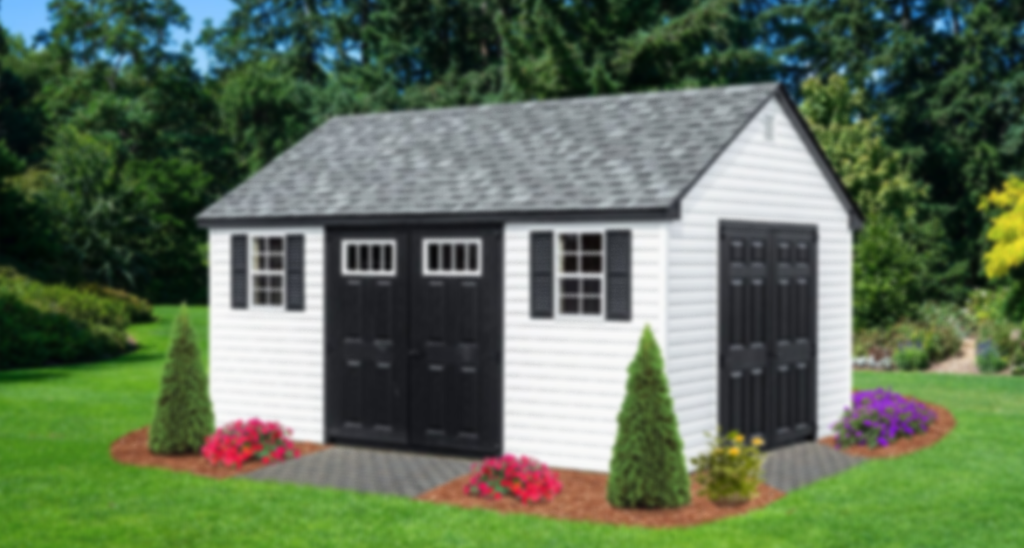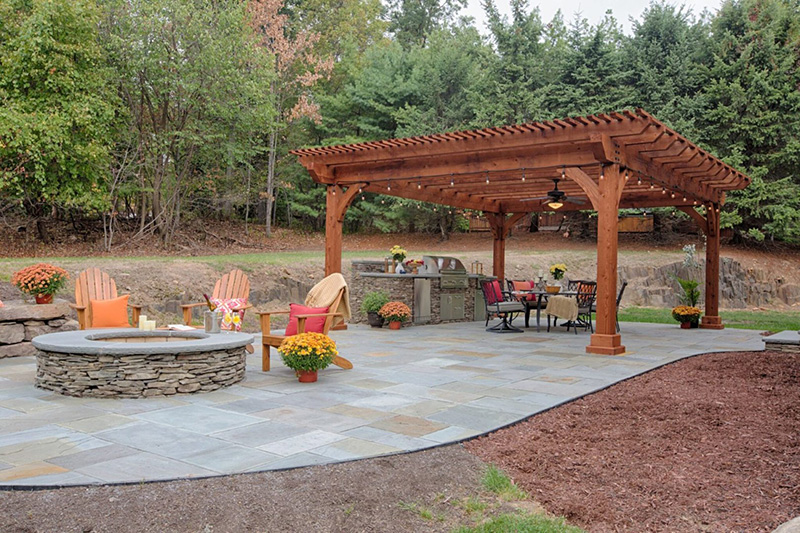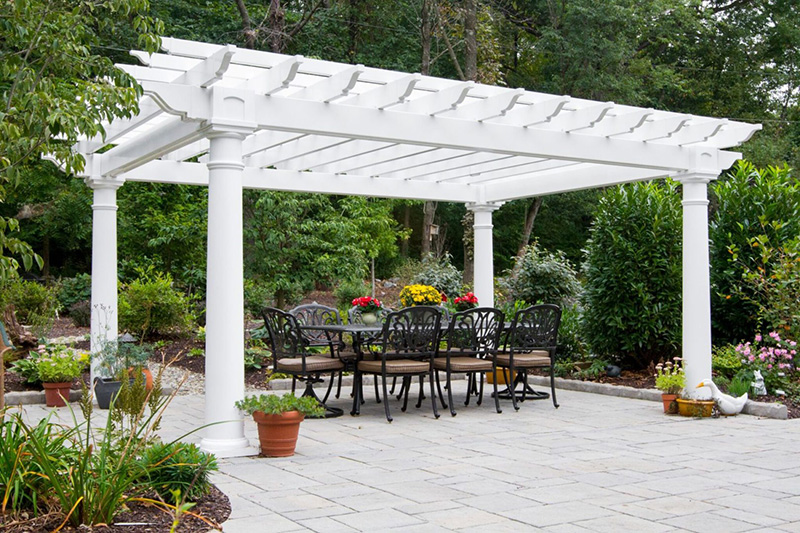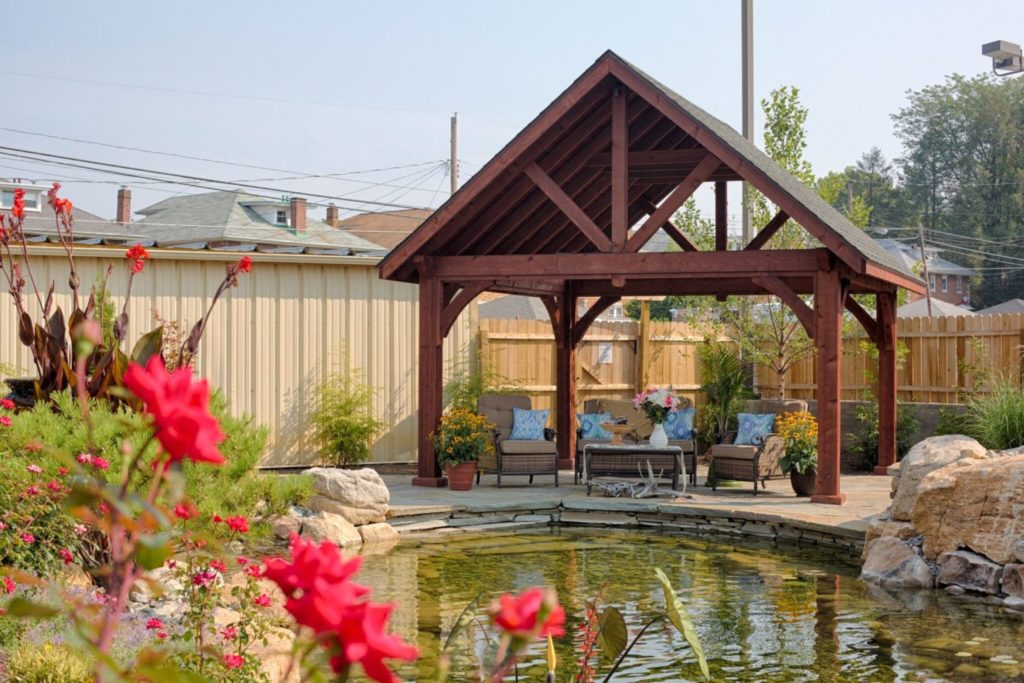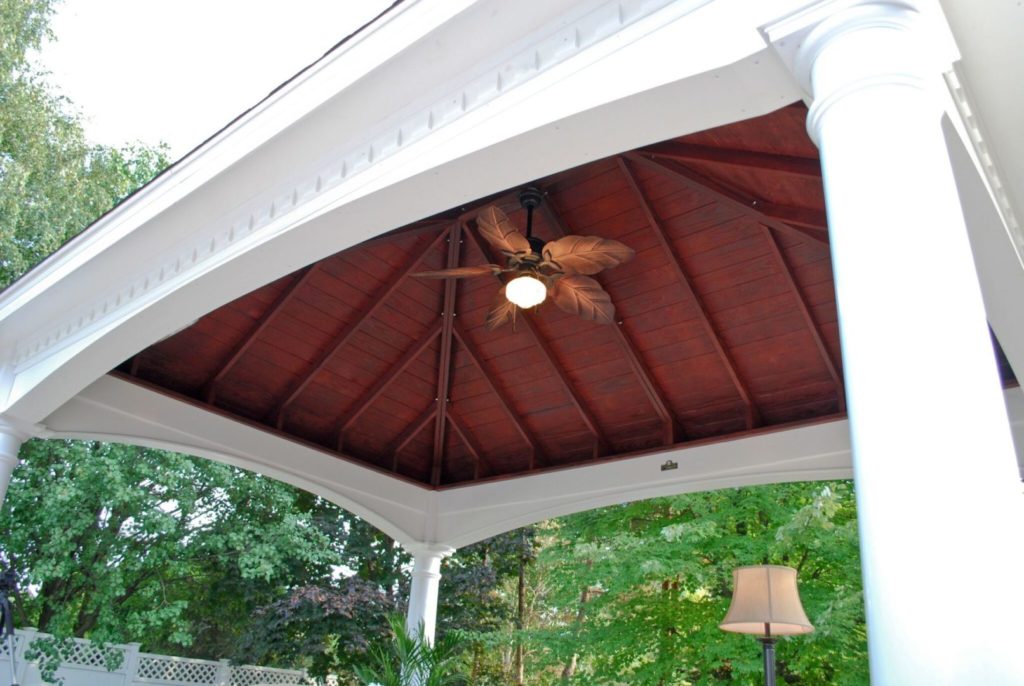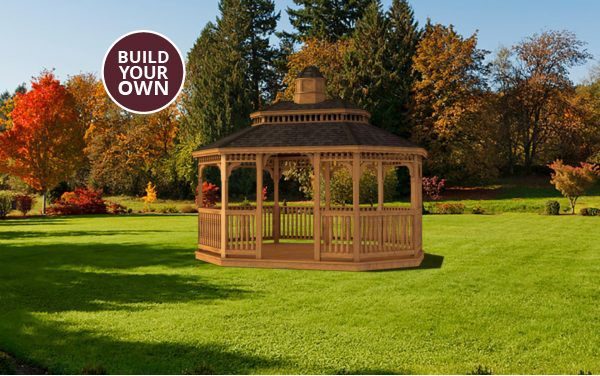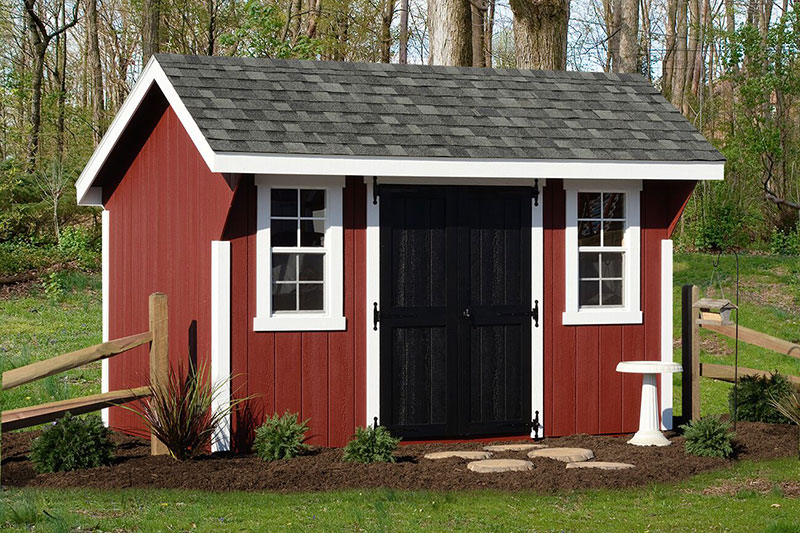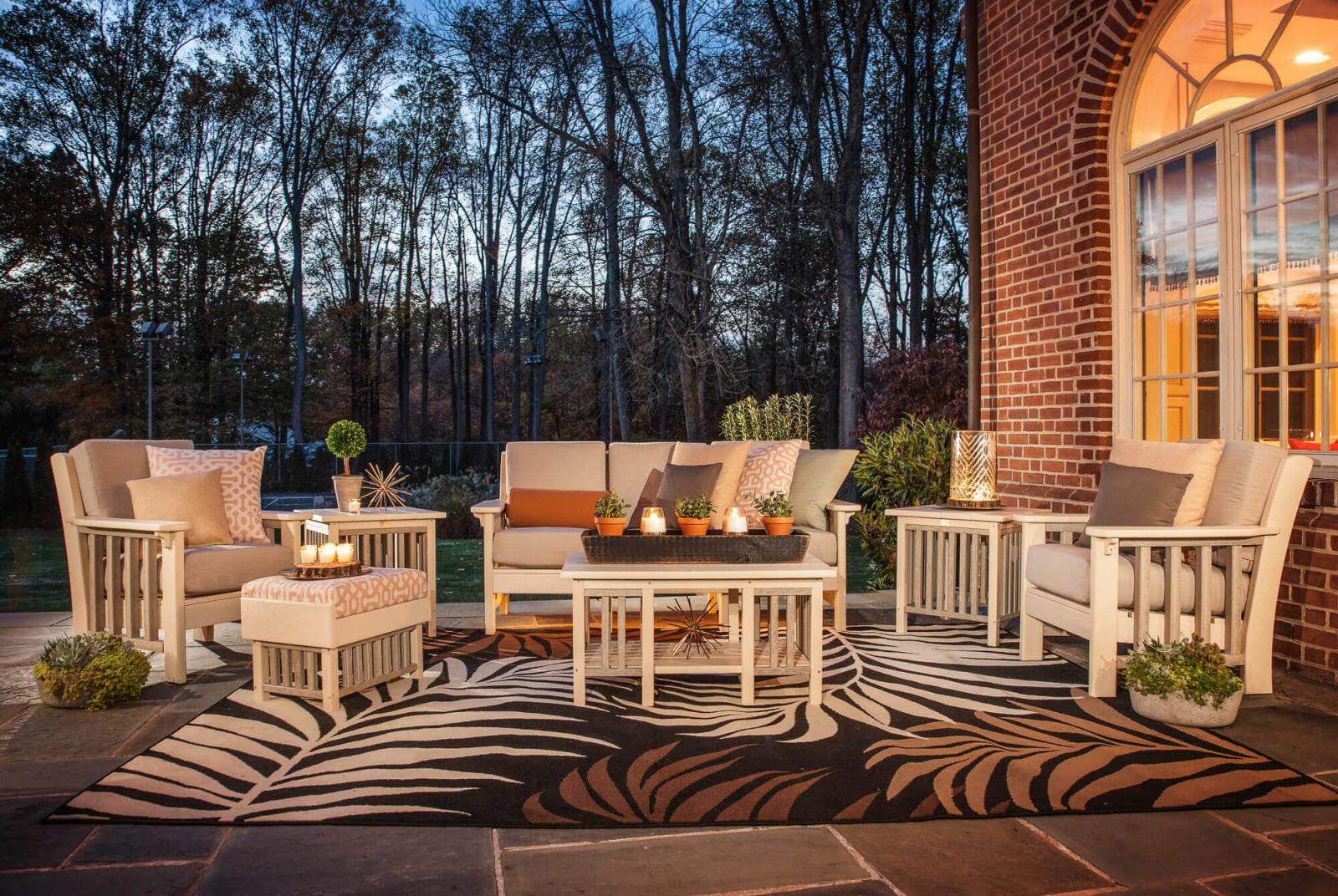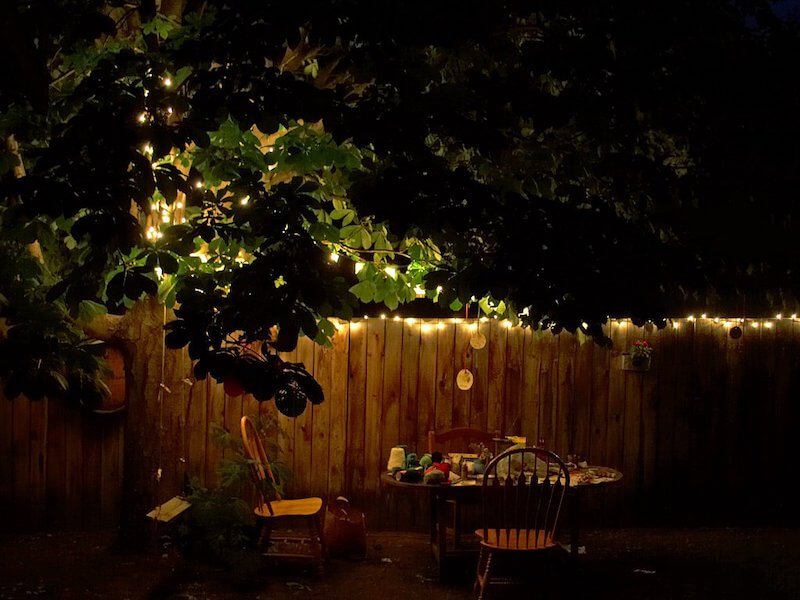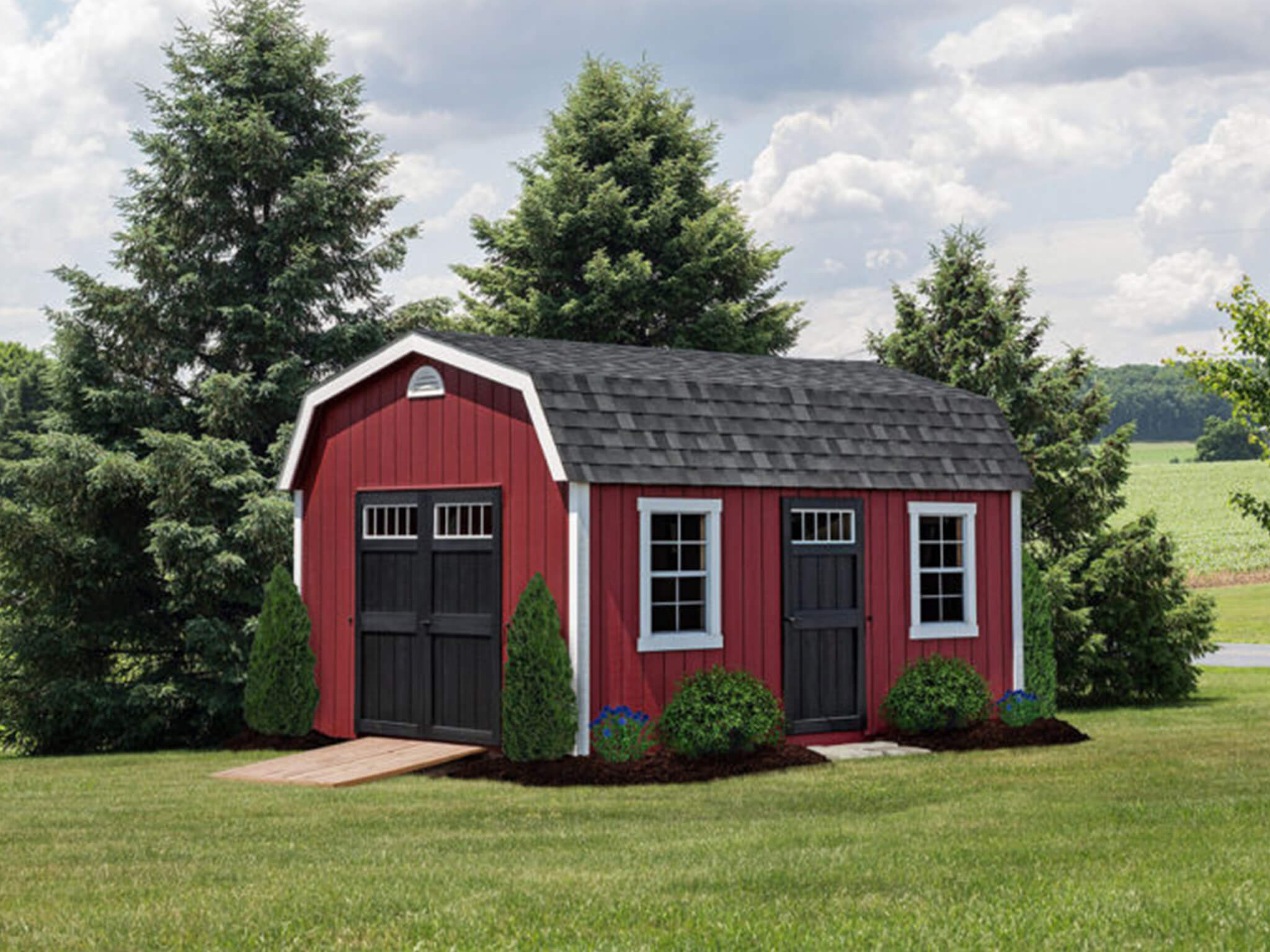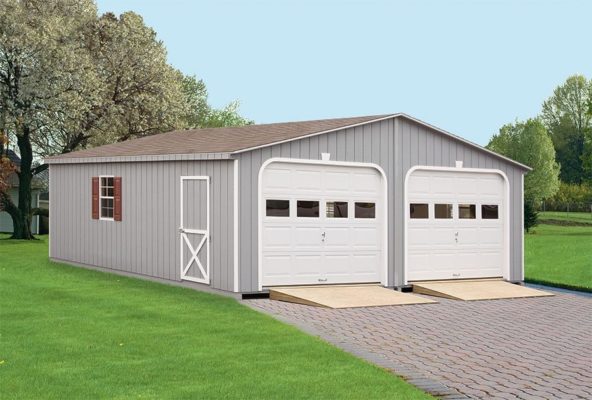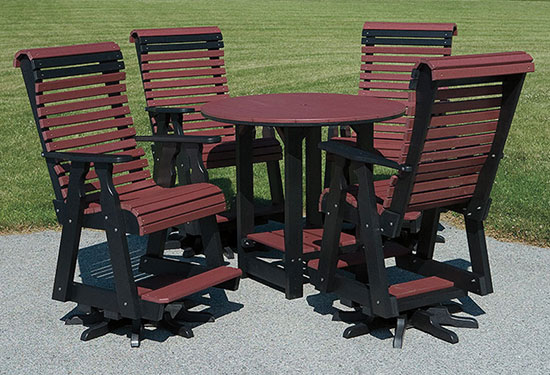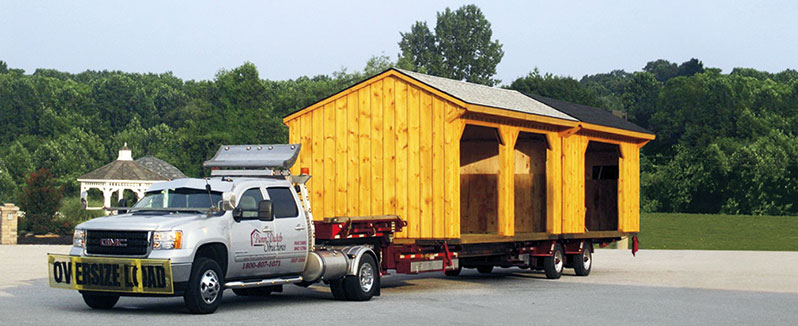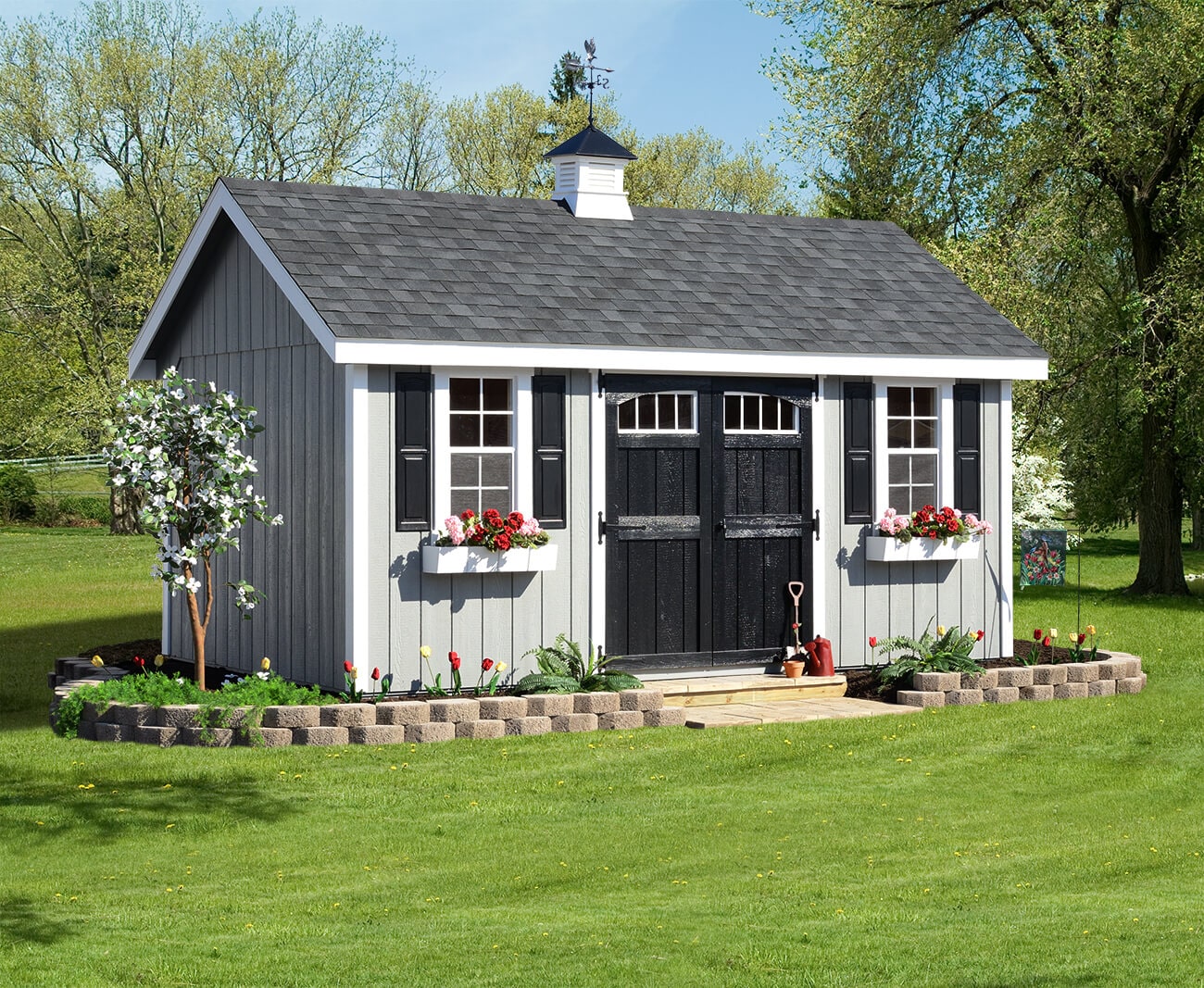Conducting regular swing set maintenance at the change of each season, especially before and after winter, is a great way to ensure optimal safety and play. It’s also one of the best ways to make sure your outdoor playset looks great and stays functional for many years to come.
With spring in full swing and the kids playing outside more, it’s the perfect time to take another look at your swing set and check out any damage from the winter.
If you’re unsure of where to start, here are some helpful tips and tricks for inspecting, cleaning, and maintaining your outdoor swing set or play structure.
Protecting Your Swing Set Over the Winter
Before we dive into swing set maintenance, it’s important to make sure you’re taking care of your swing set even in the months it’s not in use. We recommend removing detachable parts, placing them in storage, and applying a fresh coat of sealant as you begin to approach winter. If you’re finding your garage short on the extra space, we wrote a blog on garage organization tips to help you get started.
You may also consider covering the swing set with a tarp/canopy to protect it during the colder months. This is especially important for a wood swing set, as it deters rot and allows you to restain the wood less frequently.
How to Inspect Your Swing Set
Before your kids start climbing all over the swing set again, conduct a thorough inspection of the entire structure. Pay special attention to the roofing, hinges, bolts, screws, ropes, cables, chains, and anything that could be a potential safety hazard. If you notice loose boards, fraying ropes, or rusting metal, be sure to address this ASAP.
If you put any of the swing set’s accessories in storage over the winter, be sure to inspect them when you go to reattach the parts. If you’re reattaching a slide, swing, or climbing wall, be sure to secure each piece with the appropriate bolts and screws. If you misplaced the bolts or screws from last year, just head out to your local hardware store and they’ll help you out.
How to Fix a Wooden Swing Set
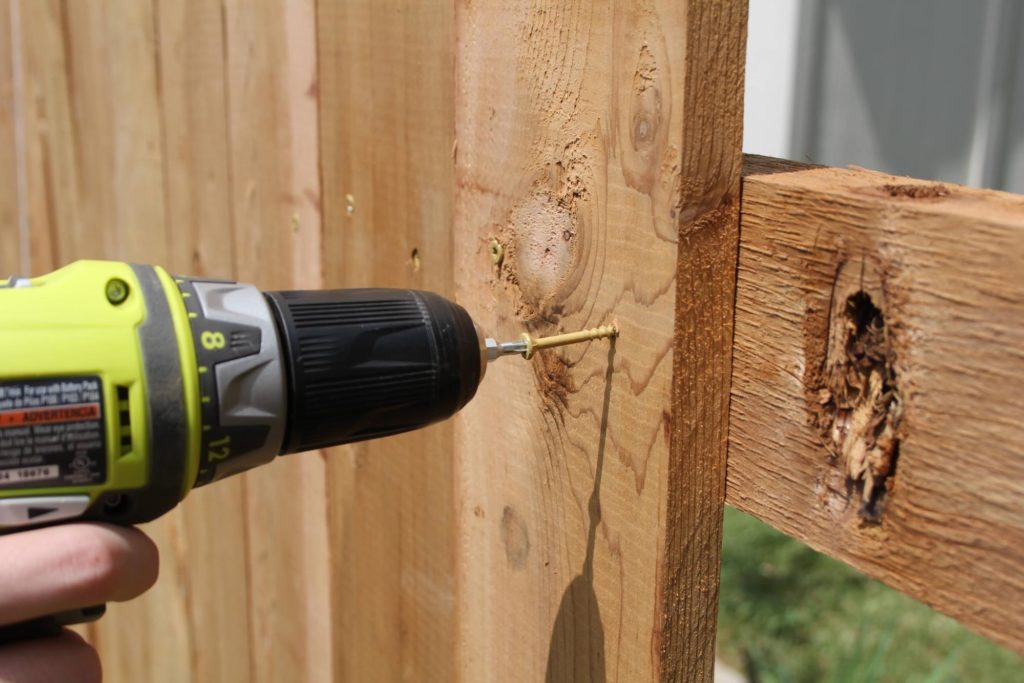
It’s possible your wooden swing set maintenance may require a little more TLC than just a standard reassemble. Here are some of the top repair issues and our solutions for fixing them.
Choosing the type of wood is just as important as fixing them. If you want to learn more abut the best wood for outdoor swing sets, read our guide to playground lumber.
Repair Boards
Loose boards? No problem. Simply locate any loose boards, remove the screws, and place them in a different section of the wood. This redistributes the tension on the wood and can actually help straighten boards and planks that have warped slightly due to time and weather.
Remove Wooden Boards
If the boards are warped or splintered beyond a simple repair, remove them and replace them before allowing your kids to play on the swing set. If replacing wooden boards seems daunting to you, don’t stress about it!
Locate the boards that need replacing and remove them one at a time with a power drill. From there, grab a quality set of wood screws and start replacing them one at a time.
Reassemble the Playset
Swing set maintenance may sound like a lot of work. But the more consistently you maintain your structure (about once a season), the less you’ll have to do at any one time. You can try working it into your yard work routine, even doing a quick quality check every time you mow the lawn or maintain the garden.
How to Clean a Wood Playset
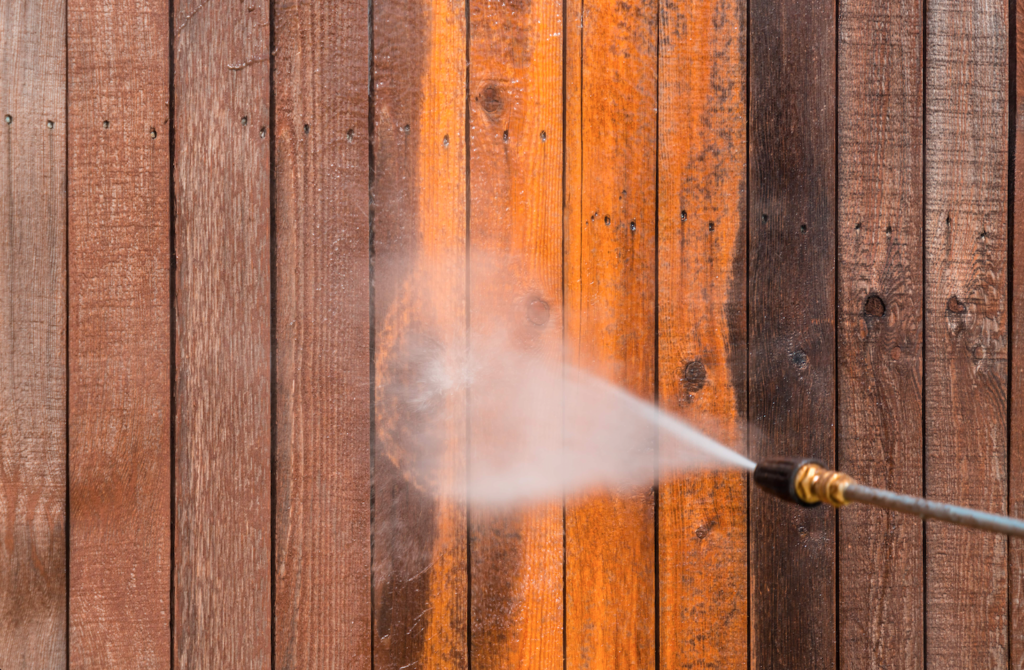
After you’ve fixed any loose boards and reassembled your structure, the next step of swing set maintenance is cleaning. But before you tire of spring cleaning overload, we’ve assembled some tips below to get the job done quickly (and have a bit of fun doing it).
Power Washing a Swing Set
Power washing a swing set is a great way to remove any hard-to-clean build-up that may have accumulated over the colder months. If you opt for a power washer, just be sure to set the spray-wand to low and start with a PSI of 1300-1700. From there, you can adjust as necessary based on how much dirt your swing set has collected. You should also wear protective glasses to make sure dirt and debris do not get in your eyes.
You can also look for a power washer that has a no splashback hose so you can clean the swing set without getting your clothes all wet (unless it’s a hot day and you’re looking to cool off).
Stain and Seal
After you’ve washed your swing set and removed the dirt and grime, you’ll want to think about playset stain and sealer. Applying fresh stain and sealant at the correct times — after you’ve cleaned it and given it ample time to dry — helps your wooden swing set look as good as new for years to come.
Once you’ve mastered the fundamentals of how to refinish a swing set, you want to make sure you prioritize consistency. We recommend restaining your wooden swing set about every 2-3 years and resealing the wood a little more frequently, about every 1-2 years.
Vinyl Swing Set Maintenance
If talk of the durability and low upkeep of vinyl swing sets piques your interest, you’re not alone. Vinyl swing sets are popular for their low maintenance and longevity. A vinyl swing set consists of vinyl-covered wood and is typically treated to prevent decay and insect damage.
How to Ensure the Safety of a Vinyl Swing Set
The one thing to look out for in a vinyl swing set is the condition of the wood underneath the vinyl, which can prove a little tough when you can’t directly see it.
To inspect a vinyl swing set, you can test the sturdiness of the boards by carefully and gently placing your body weight across the entire structure. We also recommend applying force across each part of the structure with your hands, attempting to move and shake each section.
If your vinyl swing set passes the sturdiness test, then you should be good to go. Like a wood swing set, a quality vinyl swing set will last you many years without too much upkeep, but it’s always better to be safe than sorry.

Cleaning a Vinyl Swing Set
Similar to a wood playset, power washing is a great way to remove dirt and grime from a vinyl structure. If the structure is relatively clean (congratulations, you’ve been performing regular swing set maintenance!), a garden hose may suffice.
For tougher to reach places, you may want to opt for a soft-bristled brush, surface cleaner, and a bucket of warm water.
Vinyl Step-By-Step Cleanup
- Fill a bucket with warm water.
- Mix 1-2 tablespoons of natural surface cleaner/dish liquid. We recommend sticking with a non-toxic, biodegradable dish liquid.
- Scrub the entire surface of the playset, applying firm pressure by scrubbing with a circular motion.
- Empty and refill the bucket as needed.
- Rinse the playset with a garden hose.
How to Keep a Metal Swing Set from Rusting
Rust isn’t just the enemy of metal, it’s also dangerous for your children. Rusty metal swings are dangerous for kids to play on, as the rust corrodes iron and causes it to become thin and brittle.
If you’re looking to purchase a metal swing set (though wood and vinyl are typically more popular for their longevity), we recommend at least buying a galvanized swing set. A galvanized swing set has a layer of zinc or magnesium that protects the metal from being exposed to water and oxygen.
Another way you can prevent rust on your metal swing set is by painting it. This is essentially like doing your own galvanization process, and a good metal primer can work just as well as purchasing a professionally applied one. Be sure to paint the nuts and bolts as well, as these small parts are just as likely to attract rust as the rest of the swing set.
How Long Do Wooden Playsets Last?
The average wood swing set lasts between 15-20 years, and a vinyl swing set can last anywhere between 25-30 years. The most important factor when looking to make the most of your swing set is purchasing a high-quality swing set and engaging in regular swing set maintenance.
Swing Set Longevity
Taking the necessary steps to preserve your swing set is a vital part of swing set maintenance, and making sure it’s clean is only the beginning. At the end of the day, proper maintenance is about keeping your kids safe and giving them a gift that will help create lasting memories. If you’re consistent with the upkeep, your swing set is likely to last as long as your kids are willing to play on it!
Current Swing Set Beyond Repair?
Our wood and vinyl swings sets are safe, reliable, and built to last in harsh conditions for years.
